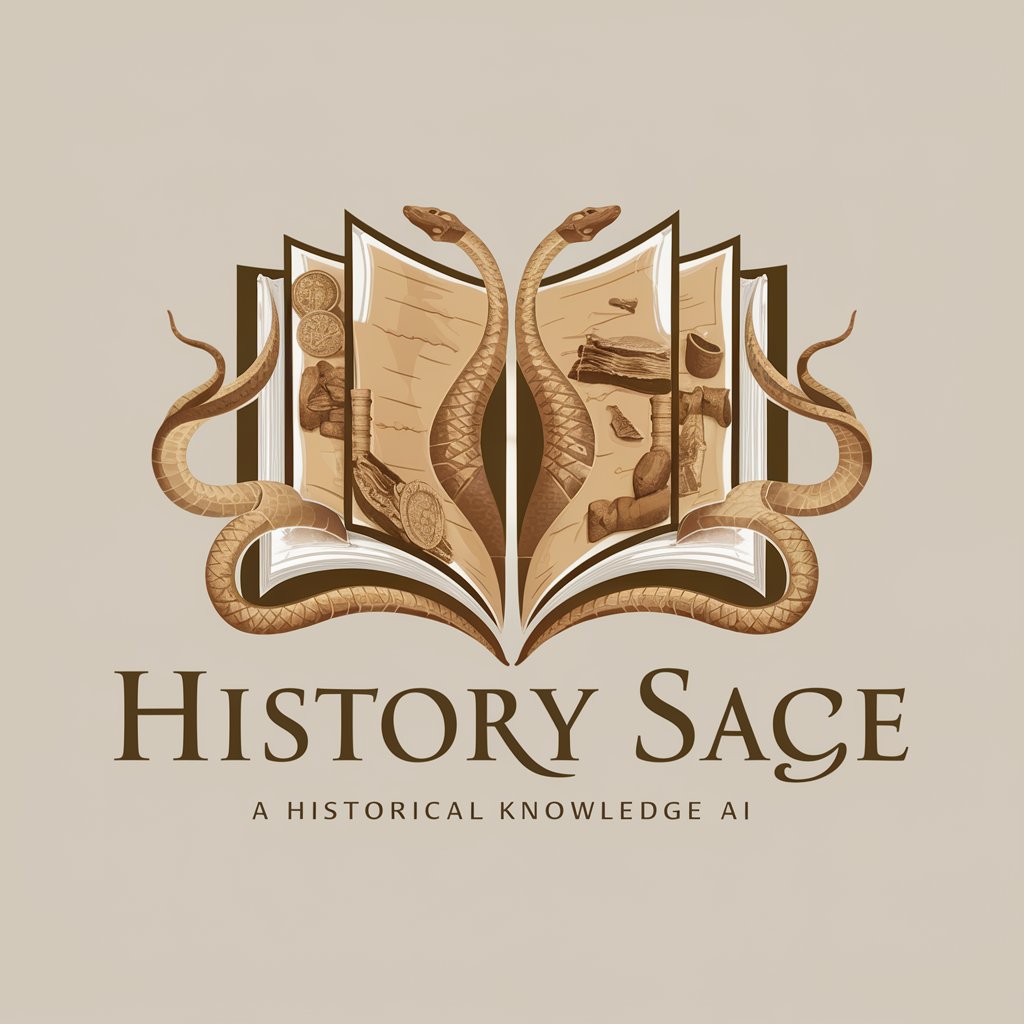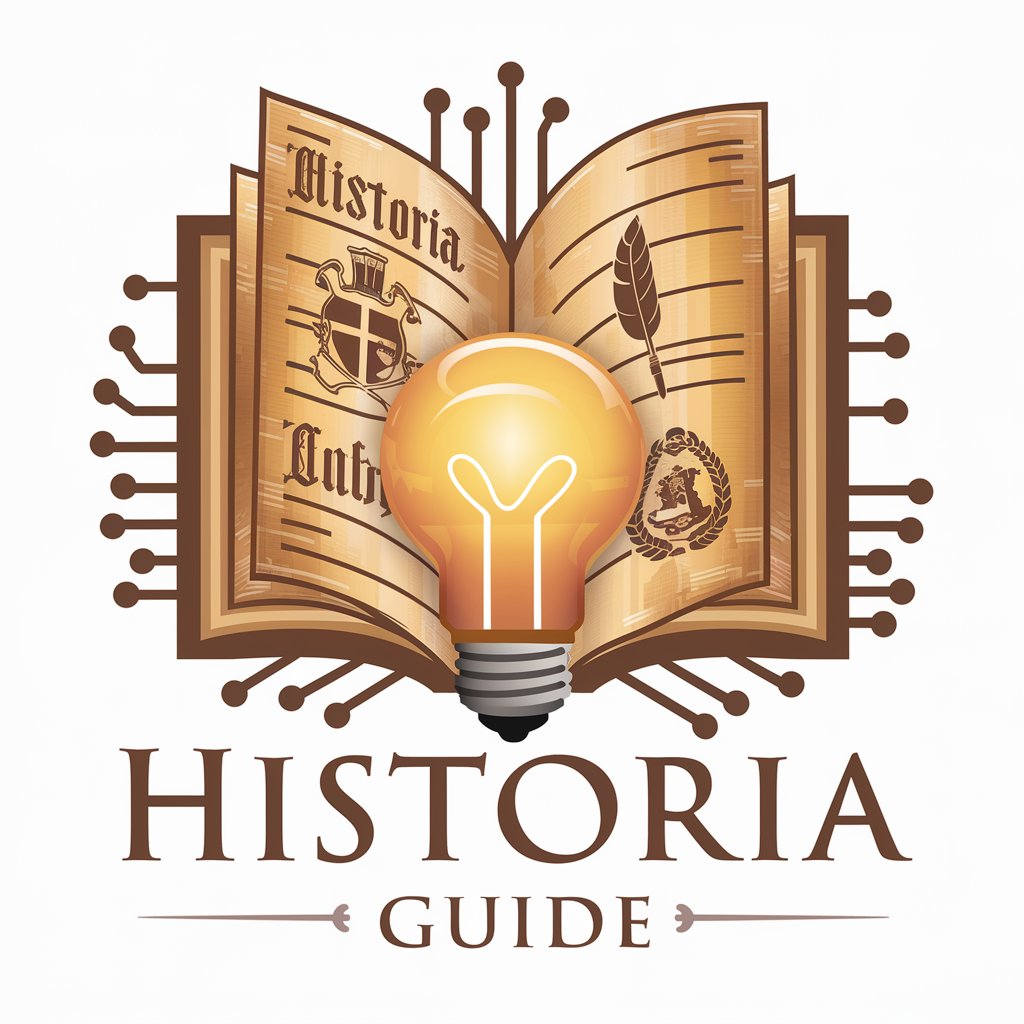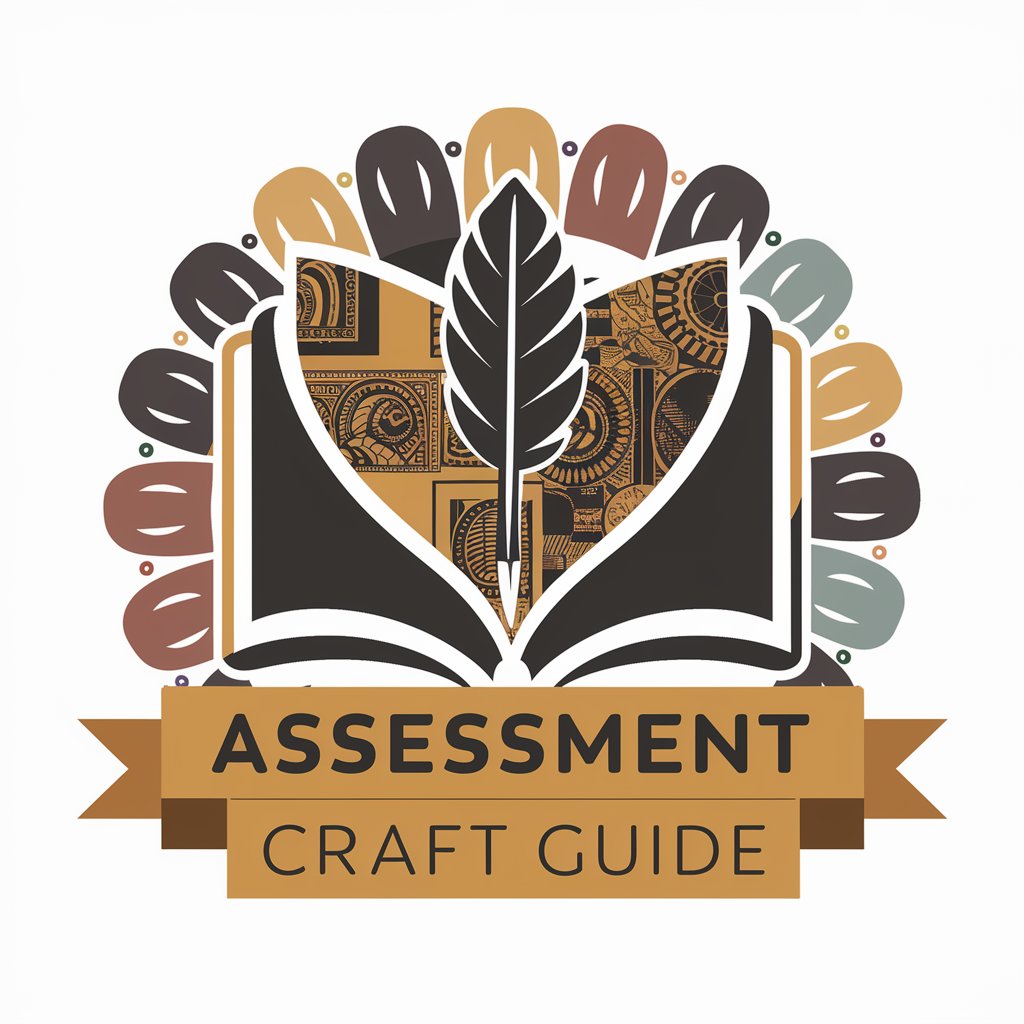
Inclusion History Guide - Insight into Inclusion Policies
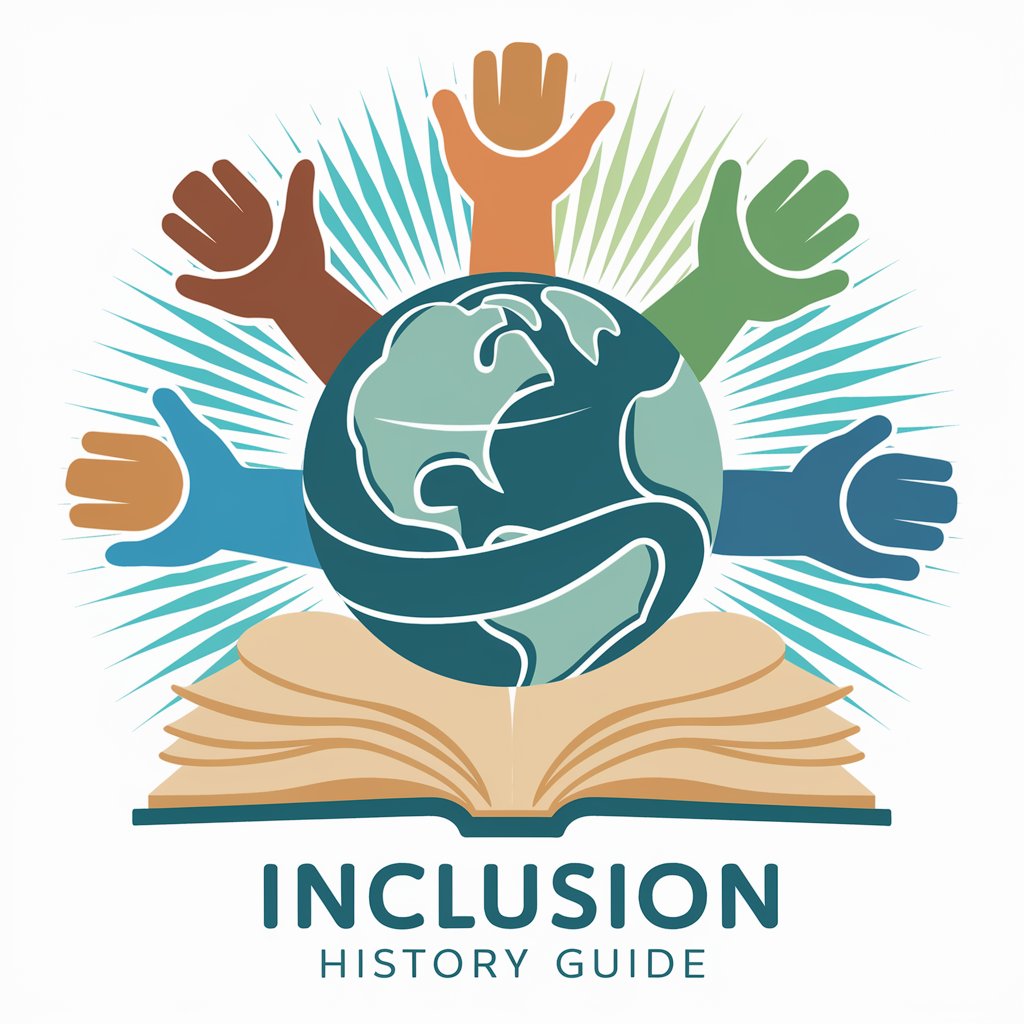
Welcome! Let's explore the world of inclusive education together.
Navigating Inclusion with AI-Powered Insights
Can you explain the history of special education policies in...
How have global inclusion policies evolved over the past decade?
What are the key elements of an inclusive education system?
Could you provide an overview of significant legislation related to special education?
Get Embed Code
Understanding Inclusion History Guide
Inclusion History Guide is designed as a specialized digital assistant focused on providing comprehensive insights and detailed information about special education and global inclusion policies. Its core purpose is to foster awareness and understanding of inclusion practices, their history, development, and current applications worldwide. The guide is built to serve as an educational tool, offering personalized responses and engaging users in informative discussions. For example, it can elaborate on the evolution of inclusive education policies from the 20th century to present day, detailing significant legislation, pivotal court cases, and influential educational philosophies that have shaped current practices. Additionally, it can provide context-specific advice on implementing inclusive practices in educational settings, highlighting successful case studies and offering guidance on overcoming common challenges. Powered by ChatGPT-4o。

Key Functions of Inclusion History Guide
Educational Resource
Example
Providing a detailed timeline of special education laws in the United States, explaining each law's impact and how it has shaped inclusive education.
Scenario
When a user asks about the history of the Individuals with Disabilities Education Act (IDEA), the guide can outline its evolution, starting from the Education for All Handicapped Children Act of 1975 to its reauthorizations, discussing its significance in ensuring students with disabilities receive a free appropriate public education.
Policy Explanation
Example
Explaining the principles of Universal Design for Learning (UDL) and how they can be applied in classroom settings to accommodate diverse learners.
Scenario
A teacher seeking to make their classroom more inclusive might inquire about practical strategies for implementing UDL. The guide could provide specific examples of UDL in action, such as offering multiple means of representation, engagement, and expression to meet the varied needs of students.
Advisory Support
Example
Advising on best practices for integrating children with special needs into mainstream classrooms, including collaborative teaching strategies and modifications to curriculum.
Scenario
If a school is transitioning towards a more inclusive model, the guide can offer advice on staff training, curriculum adjustments, and fostering a supportive school culture, drawing on successful examples from other schools that have undergone similar changes.
Who Benefits from Inclusion History Guide?
Educators and School Administrators
This group benefits from detailed insights into the legal requirements for special education, examples of inclusive teaching strategies, and guidance on implementing effective inclusion policies at their schools. The guide can assist in developing professional development programs and support in curriculum design to accommodate all learners.
Students and Researchers
Students studying education, special education, or disability studies, as well as researchers in these fields, can leverage the guide for in-depth information on the history, policies, and practices of inclusive education. It provides a rich resource for academic papers, thesis projects, and understanding current trends and challenges in the field.
Parents and Guardians
Parents of children with disabilities can find support in navigating the education system, understanding their child's rights, and advocating for appropriate accommodations. The guide offers explanations of complex policies in accessible language and provides practical advice on working collaboratively with schools.

How to Use the Inclusion History Guide
1
Start by visiting yeschat.ai to explore the Inclusion History Guide without the need for a login or a ChatGPT Plus subscription.
2
Identify your specific inquiry or the topic you wish to explore related to special education and global inclusion policies.
3
Use the chat interface to type your question or topic of interest. Be as specific as possible to receive the most accurate and comprehensive response.
4
Engage with the provided information, and feel free to ask follow-up questions or request further clarification on any points of interest.
5
Utilize the recommended resources or guidance for further reading to expand your understanding of inclusion policies and practices globally.
Try other advanced and practical GPTs
GptOracle | The Home Spa Expert
Your AI-Powered Spa Sanctuary Guide

OA خبير التسويق الرقمي
Empower Your Marketing with AI-Driven Insights

Serenity Guide
AI-powered path to serenity and wellness.

Make It Happen.ai
Empowering Your Goals with AI

Arizona AHCCCS Directory of Providers
Empowering Arizonans with Access to Comprehensive Healthcare

Max 2GB PDF File Editor
AI-powered precision editing for PDFs.

CV-bygger - Gjør jobbsøkerprosessen til en lek.
Empower Your Job Search with AI
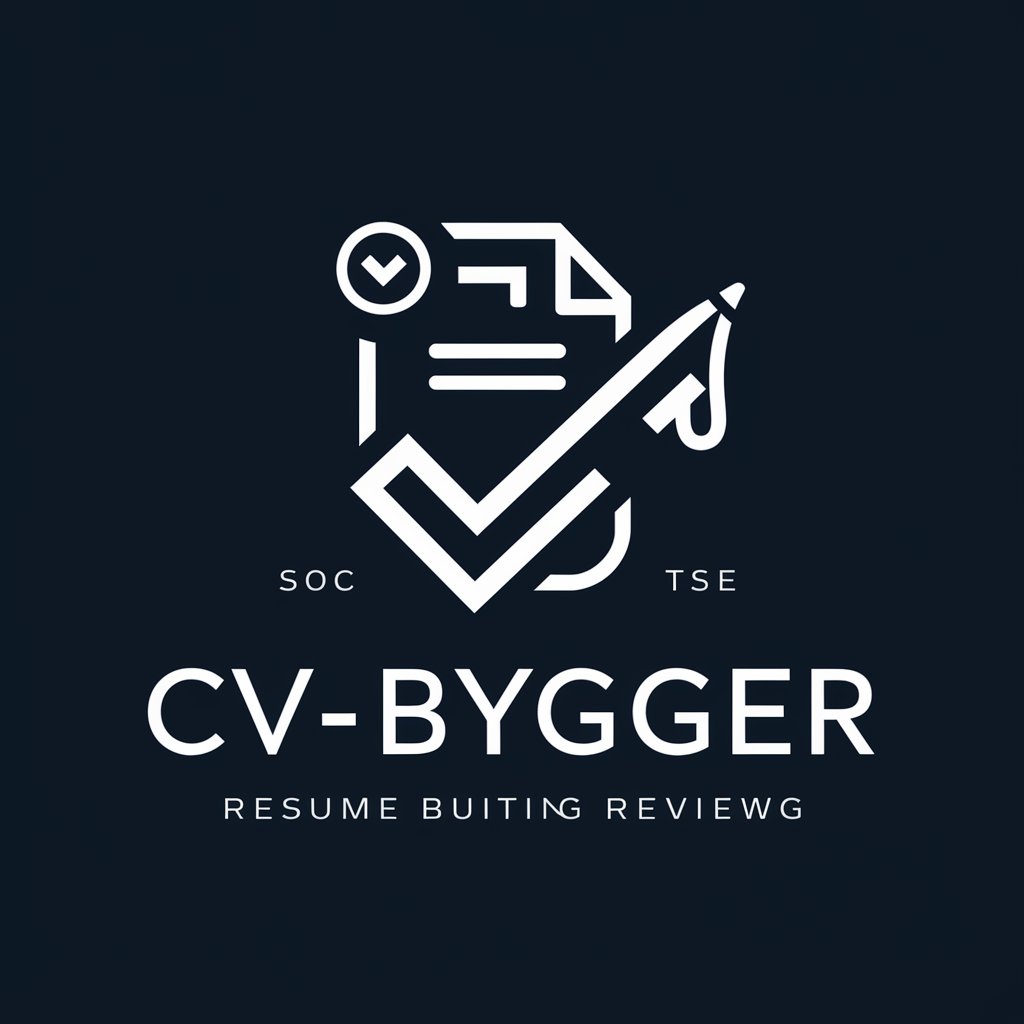
Melody Weaver
Compose music effortlessly with AI.
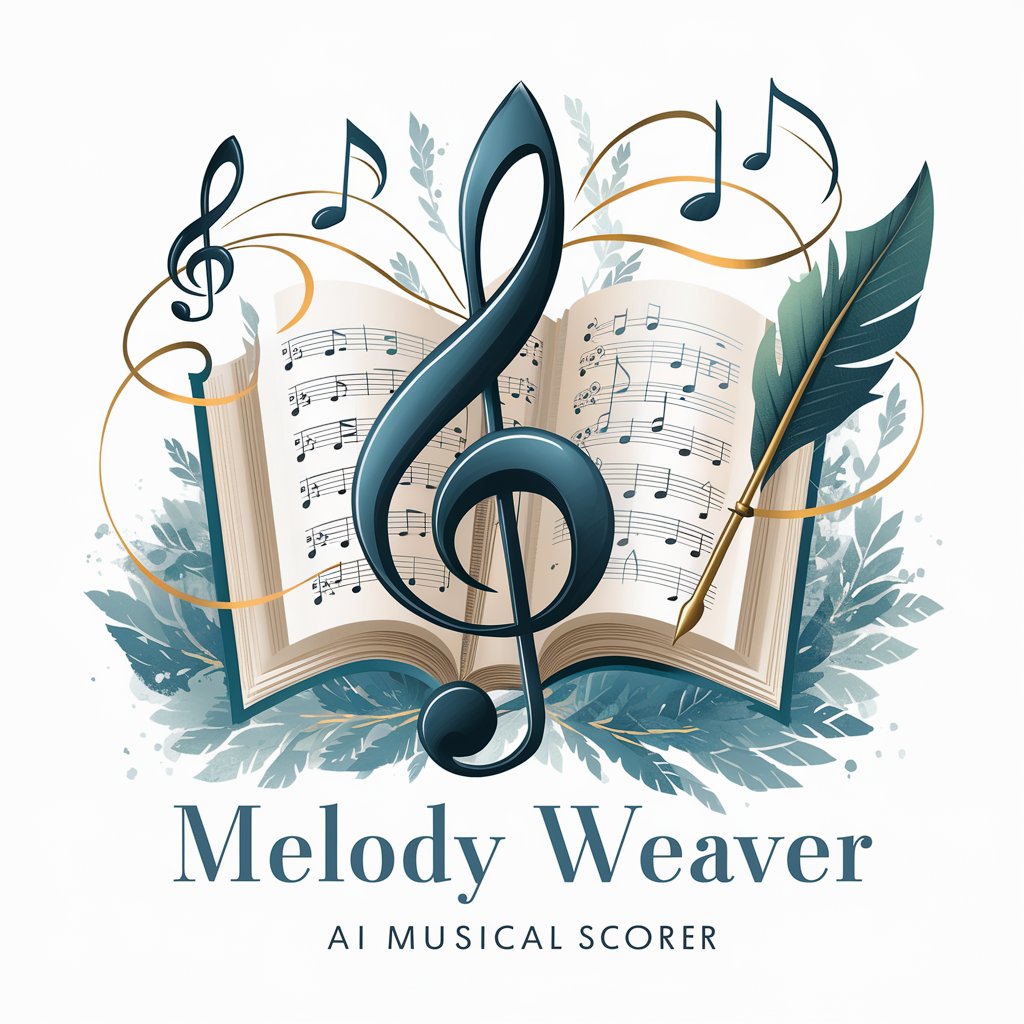
LI Profile Optimiser
Elevate Your LinkedIn Presence with AI

Dicas para execução de Exercícios de Musculação
AI-Powered Personalized Fitness Assistant

Norwegian Method Guide
Optimize your running with AI-driven Norwegian Method insights.

MediCompare
Empowering your health choices with AI-driven affordability.

Frequently Asked Questions about the Inclusion History Guide
What is the Inclusion History Guide?
The Inclusion History Guide is a specialized tool designed to provide comprehensive information and insights on special education and global inclusion policies. It assists users in understanding the complexities of inclusive education, offering tailored responses to queries related to historical and contemporary inclusion practices.
How can the Inclusion History Guide help with academic research?
It provides detailed explanations, resources, and case studies relevant to your research topic. The Guide can offer historical context, policy analysis, and current trends in inclusion, making it a valuable tool for students, educators, and researchers.
Can the Inclusion History Guide provide information on specific legislation?
Yes, the Guide can offer detailed information on specific inclusion-related legislation from around the world. It includes summaries of laws, their implications for education systems, and their impact on inclusive practices.
Is the Inclusion History Guide suitable for educators?
Absolutely. Educators can use the Guide to find strategies for implementing inclusive education, understand legal obligations, and explore successful case studies from various educational settings.
How does the Inclusion History Guide stay updated?
The Guide leverages the latest in AI technology to access a broad range of up-to-date resources and scholarly articles. It continually updates its database with the most recent research, legislation, and global trends in inclusion.


